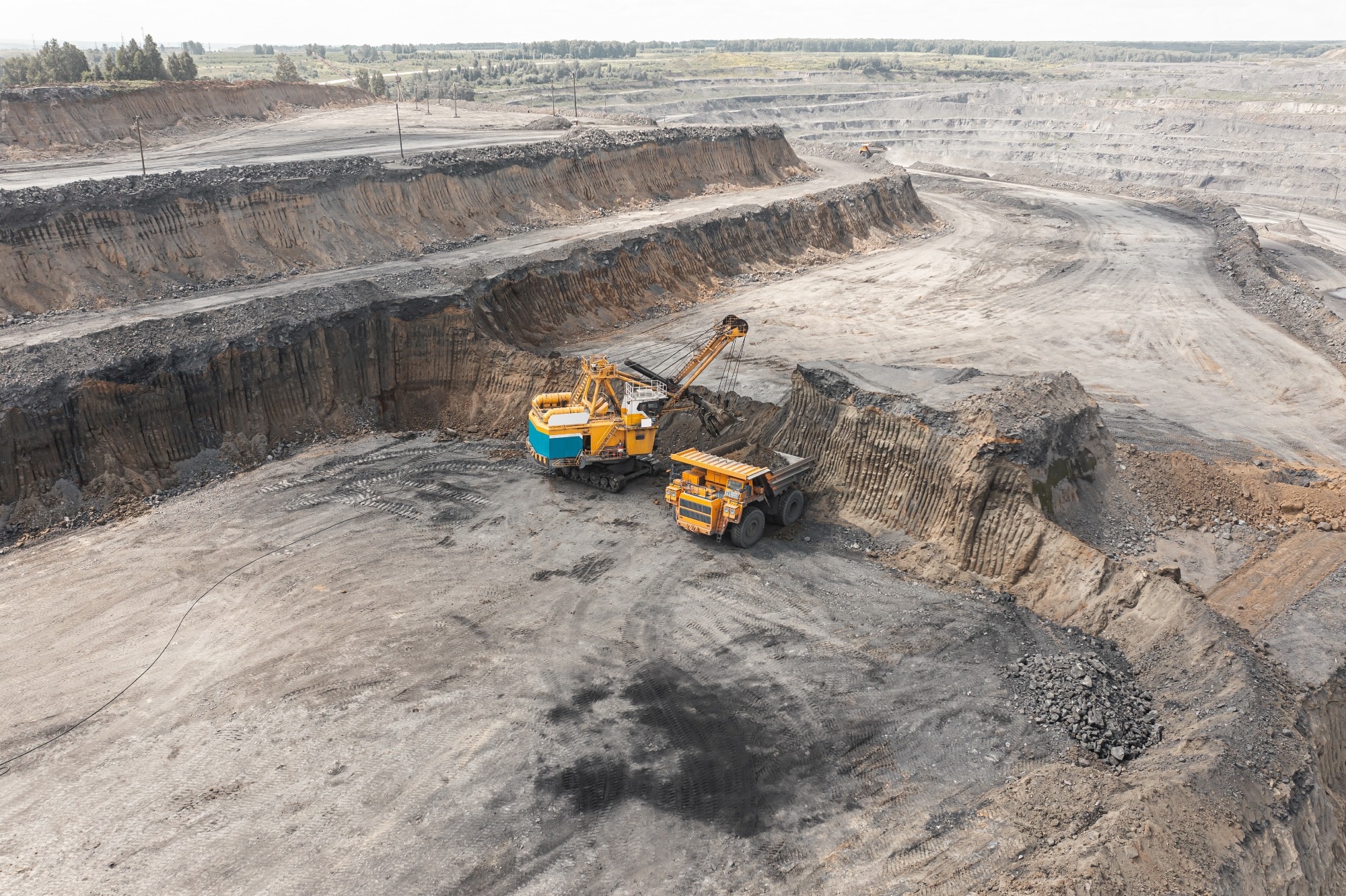In a paper published in the journal Scientific Reports, researchers introduced an innovative approach to address airborne particulate matter (PM) pollution in surface mines. The study presented a real-time monitoring system that utilized Internet of Things (IoT) technology to track PM pollutants of varying sizes, along with machine learning (ML) techniques for accurate prediction.
 Study: Airborne Particulate Matter Pollution Monitoring in Surface Mines Using IoT and Machine Learning. Image Credit: Mr. Tempter/Shutterstock
Study: Airborne Particulate Matter Pollution Monitoring in Surface Mines Using IoT and Machine Learning. Image Credit: Mr. Tempter/Shutterstock
The findings highlighted PM 1.0 as the predominant pollutant, particularly in ball clay surface mine sites, with the stockyard exhibiting the highest levels. Notably, the Random Forest ML model emerged as the most effective in predicting pollutant concentrations, underscoring its potential to promote sustainable mining practices and safeguard environmental and worker well-being.
Related Work
Past work in the mining industry has consistently addressed the pressing need to ensure worker safety amid hazardous conditions, particularly concerning airborne PM pollution generated during surface mining operations. Though useful, existing methods, such as personal dust sampling equipment and gravimetric dust sampling, have limitations in real-time monitoring, especially for smaller particles. Recent studies underscore the importance of strategic adjustments in minimizing worker exposure to hazardous conditions, such as those in quarry work shift structures.
Worker Safety Measures
Recent studies have emphasized the critical need for strategic adjustments to reduce worker exposure to hazardous conditions, particularly in industries like quarry work. These findings highlight the significance of implementing measures to mitigate risks associated with such environments. By identifying and addressing potential sources of exposure, organizations can better safeguard the health and safety of their workers.
In light of this research, there is a growing recognition of the importance of adopting proactive strategies to minimize occupational health risks. These strategies can range from revising work shift schedules to implementing advanced monitoring systems tailored to specific workplace hazards. Such proactive measures protect workers from immediate dangers and contribute to long-term sustainability and well-being in hazardous work environments.
IoT Dust Monitoring
The field study conducted at ball clay surface mine sites in Kommugudem village, Andhra Pradesh, India, focused on implementing an IoT-based monitoring system to track PM concentrations in real-time. Researchers employed ML techniques to predict air pollution levels, with a particular emphasis on PM 1.0, PM 2.5, PM 4.0, and PM 10.0 at the loading point and stockyard of the mine.
Researchers deployed real-time monitoring devices to validate observations regarding higher PM concentrations at the stockyard compared to the loading point. The Sensirion particulate matter sensor (SPS30) has played a crucial role in measuring PM concentrations every 15 minutes, identifying peak levels, and informing decision-making on preventive measures against PM pollution.
The study evaluated a dust suppression system by applying water or surface-attracting agents to airborne dust particles. Researchers utilized atomizing nozzles and water sprinklers strategically to suppress dust generated during mining operations, improving air quality and reducing health hazards from PM exposure in the mining environment.
Field Study Results
The five-day IoT-based field study results for particulate monitoring, which showcase PM pollutant readings at both the loading point and stockyard over the study period, are presented. Notably, PM1.0 consistently exhibited the highest concentrations, particularly at the stockyard, indicating potential health risks to miners. The maximum and minimum values of PM pollutants for all five days are tabulated, highlighting distinct patterns in PM concentrations across different sizes and locations.
Higher dust concentrations were observed at the stockyard compared to the loading point, attributed to the release of fine PM due to air movement. It underscores the effectiveness of field validation for the developed IoT-based PM dust monitoring device. The peak interval for PM dust pollution was identified between 11:45 a.m. and 2:00 p.m., emphasizing the need for enhanced dust control measures during this period in ball clay surface mines.
Four machine learning models were employed to predict PM concentrations using data from the field study, including weather-related parameters. The objective was to accurately estimate PM levels at different sizes, enabling effective assessment of air pollution levels. The dataset's exploration aimed to identify patterns and correlations to enhance the prediction model's accuracy and contribute to proactive measures against PM pollution.
Model Evaluation Findings
Researchers present a model evaluation of four ML models—decision tree (DT), gradient boosting regression (GBR), random forest (RF), and linear regression (LR)—for predicting PM concentrations in a 5-day field study at a ball clay surface mine. The dataset, split into training, testing, and validation sets, underwent comprehensive evaluation using metrics like mean absolute error (MAE) and root mean squared error (RMSE).
The RF model outperforms others, exhibiting superior accuracy across all PM concentrations, making it the top performer. The developed IoT-based real-time monitoring system holds promise for preemptive dust control in surface mines, integrating machine learning for predictive analysis, with future research focusing on enhancing its predictive accuracy and adaptive actuation mechanisms to optimize dust mitigation strategies across diverse mining environments, thus shaping the future of air quality management in surface mining.
Conclusion
In summary, the study highlighted the importance of real-time monitoring in addressing PM pollution in surface mines. Utilizing IoT technology, PM concentrations were monitored, with higher levels observed at the stockyard due to dry clay materials. ML models showed promise in predicting PM concentrations, with RF demonstrating superior performance. Despite lower accuracy in linear regression, other models proved proficient, especially for concentrations above 15 µg/m3. Integrating IoT and machine learning offers valuable insights for managing air pollution in surface mines.